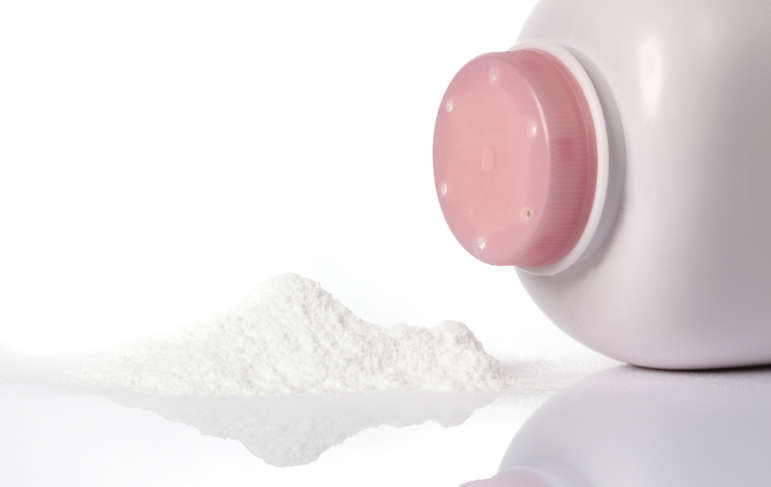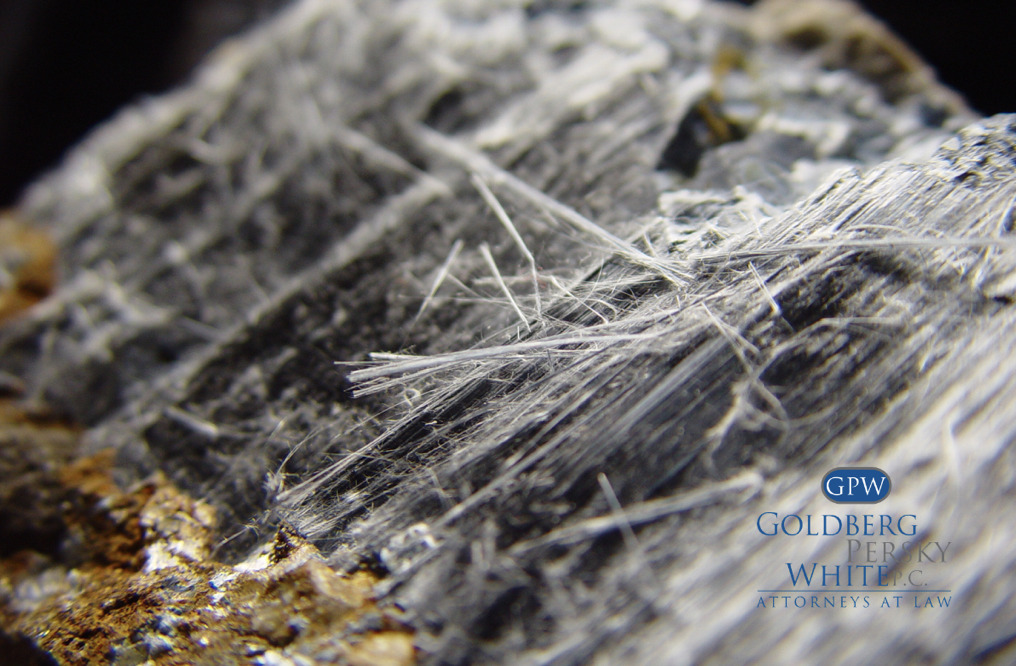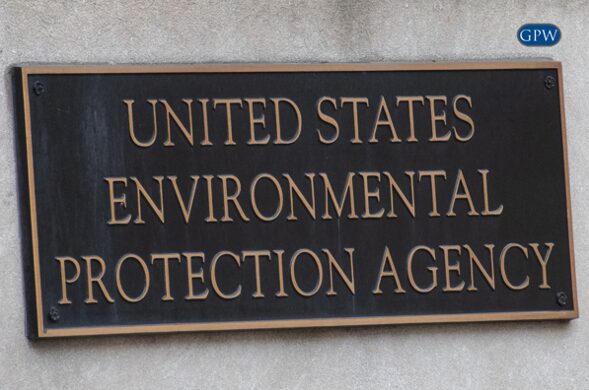Reasons why Large Verdicts are Overturned or Reduced
Johnson & Johnson is facing more than 13,000 lawsuits due to its talcum powder products while Bayer has assumed liability for over 11,000 cases due to Monsanto’s glyphosate herbicide. The cases for these different products follow a pattern where a jury returns a guilty verdict and awards a very large settlement to the plaintiff, which is then overruled or reduced by the judge.
In the Johnson and Johnson litigation, lawyers for the plaintiffs are arguing that talc is carcinogenic and the company intentionally hid this. With very limited evidence of a link between ovarian cancer and talc, the World Health Organization’s International Agency for Research on Cancer (IARC) classified perineal use of talc as possibly carcinogenic to humans while inhaled talc not containing asbestos was classified as not classifiable as to its carcinogenicity. Health Canada released a risk assessment in December concluding that there is a positive statistical correlation between perineal use and ovarian cancer, specifically saying there is a causal effect. Despite this Johnson & Johnson asserts its products are safe, stating that independent experts have repeatedly confirmed that Johnson’s Baby Powder does not contain asbestos or cause cancer.
The outcomes vary for the early 2016 and 2017 cases against Johnson & Johnson —some favored the plaintiffs while others favored the company. Some verdicts with large sums of money were later reversed by judges due to there being insufficient evidence. In 2018, cases in different states went against Johnson & Johnson, with one case having a $4.7 billion verdict awarded to 22 women with ovarian cancer. Many of these cases were overturned on appeal and Johnson & Johnson is appealing others for being unconstitutional and excessive. Some cases cleared Johnson & Johnson while others resulted in mistrials because they could not reach a verdict.
Another substance with varying results in lawsuits is glyphosate, the systemic herbicide in Monsanto’s Roundup. The science linking glyphosate to cancer is contentious, with most of the suits citing an assessment by the IARC labelling the herbicide as “probably carcinogenic.” The research done was criticized because it only took account of publicly funded research and ignored the likely exposure risk during its use. Other assessments from the US Environmental Protection Agency, European Food and Safety Authority, and European Chemicals Agency, which all incorporate a risk assessment as well as consider industry funded and public research, concluded that the organophosphorus compound was unlikely to cause cancer in humans. In January, Health Canada also found that glyphosate is unlikely to cause cancer and a thorough scientific review found that concerns could not be supported when looking at all the relevant data. On March 19, a California jury decided that decades of exposure of Roundup caused a person’s cancer, leading to an award worth more than $80 million. The jury deliberated for more than four days, likely being divided over the scientific evidence. Bayer, the parent company of Monsanto, is appealing the verdict as well as releasing over 100 company owned safety studies to increase transparency.
There are different reasons why judges reduce damages after a trial concludes. In the glyphosate case, the court determined that the punitive damages awarded exceeded the 1:1 ratio of compensatory to punitive damages that was recommended. This is not mandated by the Supreme Court, but the court is able to decide this after a trial. Awards can also be reduced because of state caps on punitive damages or if a judge decides that evidence in the trial did not warrant punitive damages because the defendant did not act recklessly, maliciously, or intentionally. The court could have also mistakenly admitted key evidence, which happened in one of the talc trials. Sympathetic juries can also get carried away when figuring out damages, so the post-trial check on the amount of damages is very important. It is also hard to have lay people on juries with more complex subject matter because they can be swayed by outrageous facts.




